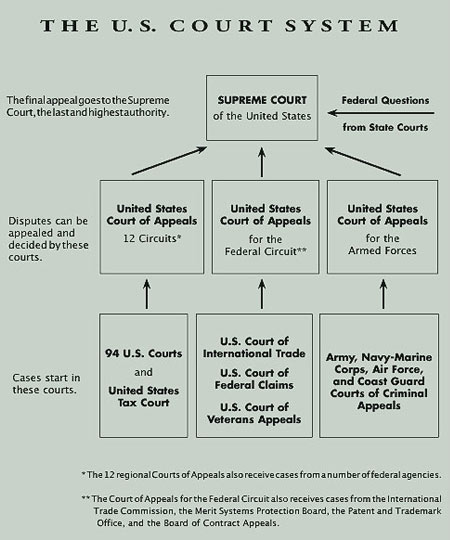The Supreme Court is often described as distinctly American in concept and function. We look to it as the last resort when seeking justice, equality, and validation of our political views. It’s where we wage our most serious legal battles – from voting disputes and privacy issues to establishing the rights of young and old.
But shockingly few Americans know much about the institution. According to a www.FindLaw.com poll, only 34 percent of Americans can name a member of the nation’s highest court. One percent can name all nine Supreme Court Justices, while the percentage of Americans who can name any one Justice are:
- John Roberts (Chief Justice) – 20%
- Antonin Scalia – 16%
- Clarence Thomas – 16%
- Ruth Bader Ginsburg – 13%
- Sonia Sotomayor – 13%
- Anthony Kennedy – 10%
- Samuel Alito – 5%
- Elena Kagan – 4%
- Stephen Breyer – 3%
With this as a backdrop, let’s take a look at the basics of the United States Supreme Court.
Members of the Court are referred to as “Justices,” and like other Federal judges, they are appointed by the President of the United States and confirmed by the Senate for a life term. There are nine Justices – one Chief Justice, and eight Associate Justices. The Chief Justice, as head of the United States Supreme Court, presides over its public and private sessions. Excluding Senate confirmation, there are no formal requirements for becoming a Supreme Court Justice. Though today’s Court is comprised entirely of Ivy League graduates, 57 percent – or 64 out of 112 Justices – never attended law school.

Photo credit: http://photos.state.gov/libraries/amgov/30145/ejs/1009ejchart.jpg
Article III of our originating document – the Constitution – provides that “the judicial power of the United States, shall be vested in one supreme Court.” The Court, which sits atop the Federal Judicial branch, was created to check the power of the Executive and Legislative branches, interpret the Constitution, and restrict governmental encroachment on values deemed fundamental to liberty.
The Constitution limits the Court’s reach to “Cases” and “Controversies.” Its primary concern is not in correcting errors in lower court decisions, but deciding cases which present issues of national importance beyond the particular parties involved. In fact, the Court grants certiorari (review of a lower court decision) in only about 1 percent of all cases and 4 to 5 percent of “paid cases” wherein the petitioner pays the Court’s $300 filing fee and submits a booklet format petition. The vast majority of petitions are simply denied by the Court without comment or explanation.
The Supreme Court convenes in Washington, D.C. and conducts its annual Term from the first Monday of October until the end of June the following year. Though Congress never specified on which day a Term should end, the Court prefers to end a Term as soon as all of its argued cases have been disposed of. Supreme Court Rule 3 provides that “
For in-depth analysis on how a case reaches the Supreme Court, read our blog post, here.